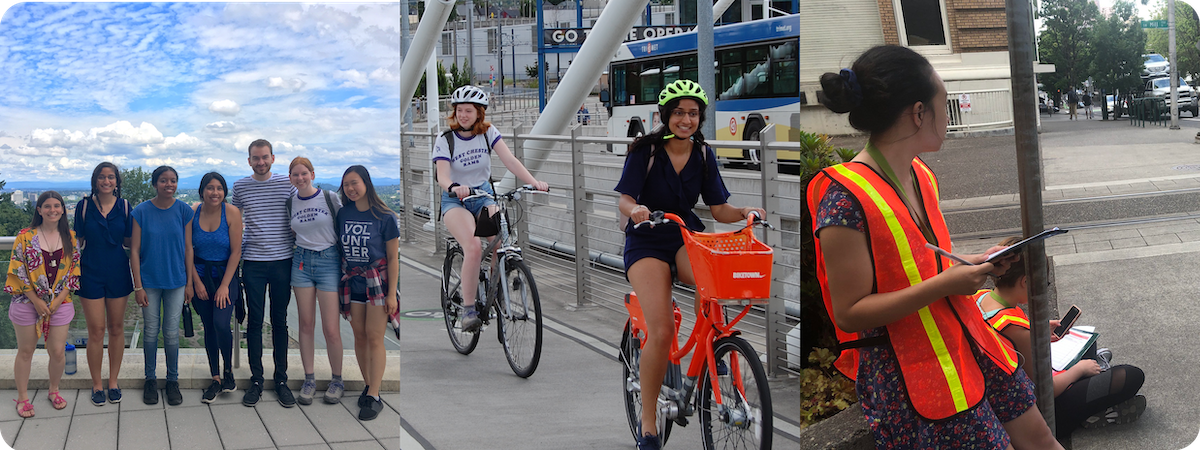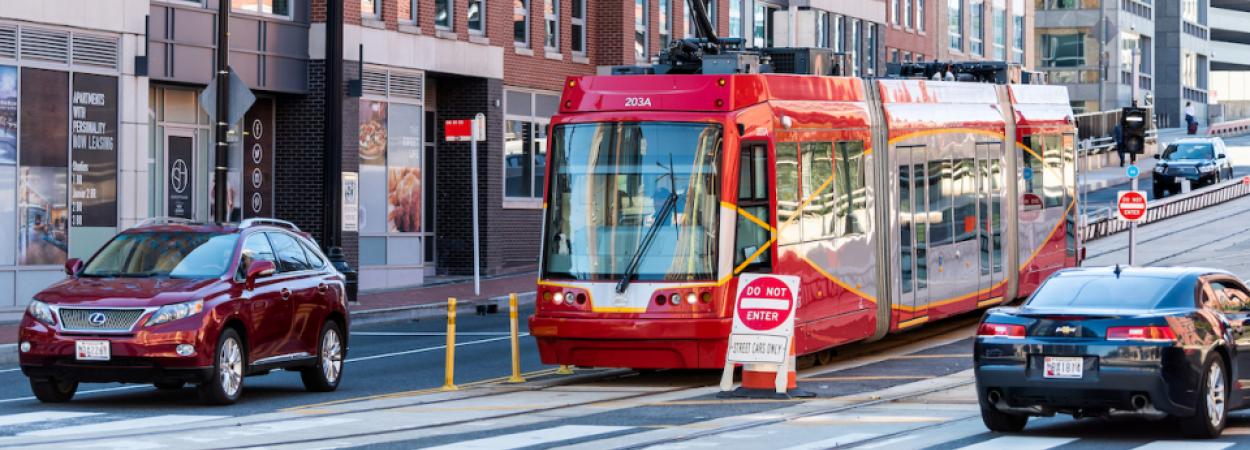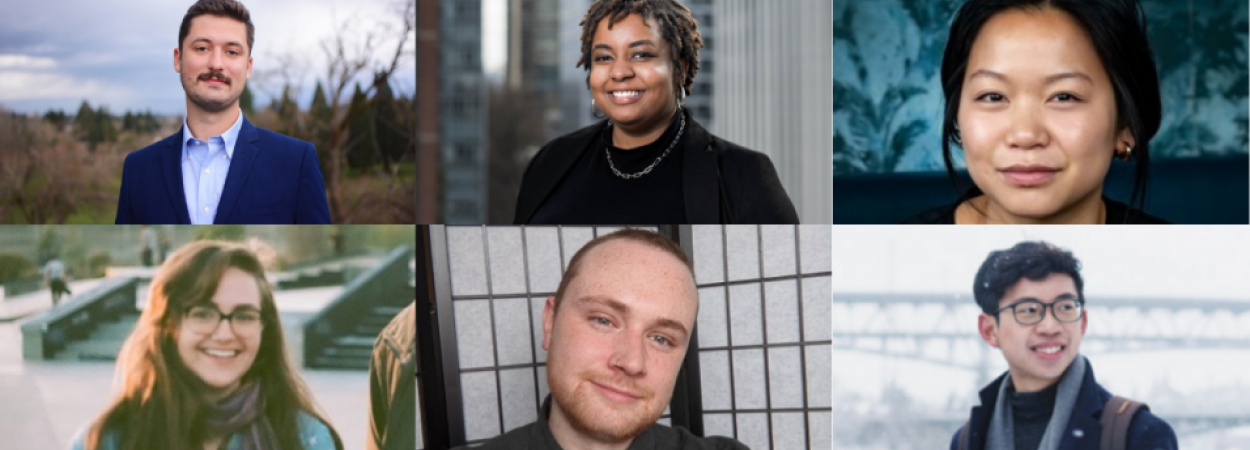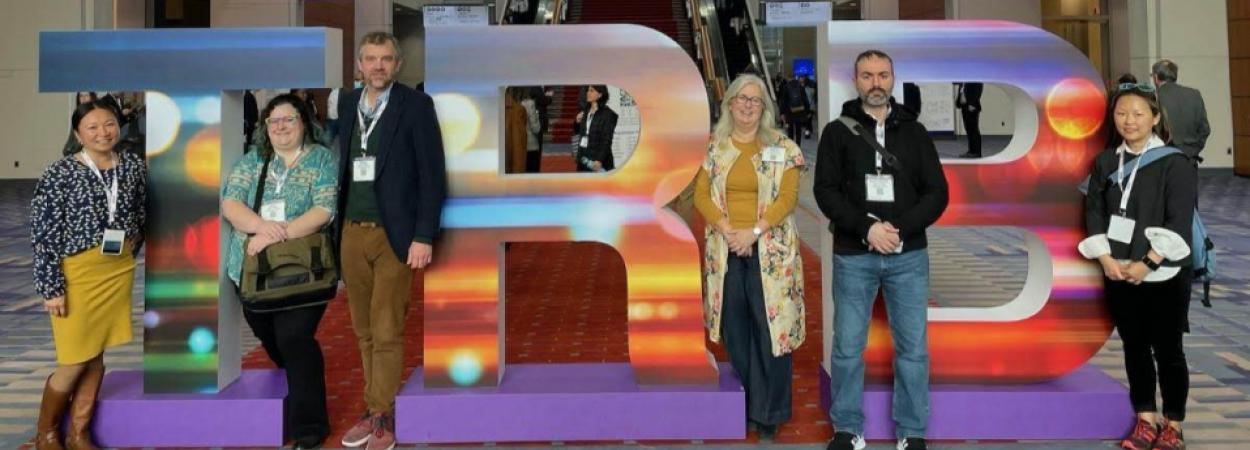Each year, the Portland Chapter of WTS awards scholarships to assist exceptional women in their educational pursuits in the field of transportation. The scholarships are competitive and selections are based on the applicant’s goals, academic achievements, and transportation related activities.
Three of the six scholarship winners this year are Portland State University (PSU) transportation students. Eun Jun Choi, Holly Querin, and Isa Swain will be presented with the awards during the 2024 WTS Scholarships and Awards Gala, which will be held Wednesday, April 17 in Portland.
Congratulations to the 2024 WTS scholars of PSU!
Eun Jun Choi: Jannet Walker-Ford Leadership Legacy Scholarship
Eun Jun Choi is a second-year doctoral student in Urban Studies with research interests in transportation planning, equity planning, and urban informatics. She is currently working as a research assistant on a project aimed at improving the planning model, VisionEval, under the guidance of Dr. Liming Wang. Prior to her doctoral studies at Portland State University, she earned a Master's degree in Urban Planning from the University of Southern California in 2022. She has experience working as a data analyst at the METRANS Transportation Center, specifically on the LA Metro Archived Data Management System project.
Connect with Eun Jun Choi on LinkedIn.
Holly Querin: Helene M. Overly Memorial Scholarship
Holly Querin is a second-year Masters in Urban and Regional Planning (MURP) student, specializing in transportation planning because it combines her passions for equity, sustainability, accessibility, and public health. She recently completed an internship at Metro working on the 82nd Ave Transit Project, and she serves as a board member for Oregon Walks, a pedestrian advocacy organization operating in the Portland region. She holds a bachelor's degree in sociology from Davidson College and a master's degree in sociology from the University of Texas at Austin. Outside of her studies, Holly enjoys coaching CrossFit, biking, reading, and swimming.
Connect with Holly Querin on LinkedIn.
Isa Swain: Molitoris Leadership Scholarship
Isa is a second-year undergraduate student pursuing a B.S. in civil engineering at Portland State University. As someone passionate about sustainable urban design, she wants to continue learning about how transportation systems impact the environment and the health of communities. She currently serves as an officer for PSU'S ITE student chapter, Students in Transportation Engineering and Planning (ITE-STEP), and works as a mechanic at PSU’s Bike Hub. When she’s not biking around Portland, she loves to spend her time reading, going on hikes, and learning to cook new recipes.
Connect with Isa Swain on LinkedIn.
Portland State University's Transportation Research and Education Center (TREC) is home to the U.S. DOT funded National Institute for Transportation and Communities (NITC), the Initiative for Bicycle and Pedestrian Innovation (IBPI), PORTAL, BikePed Portal and other transportation grants and programs. We produce impactful research and tools for transportation decision makers, expand the diversity and capacity of the workforce, and engage students and professionals through education and participation in research. To get updates about what's going on at TREC, sign up for our monthly newsletter or follow us on social media.













